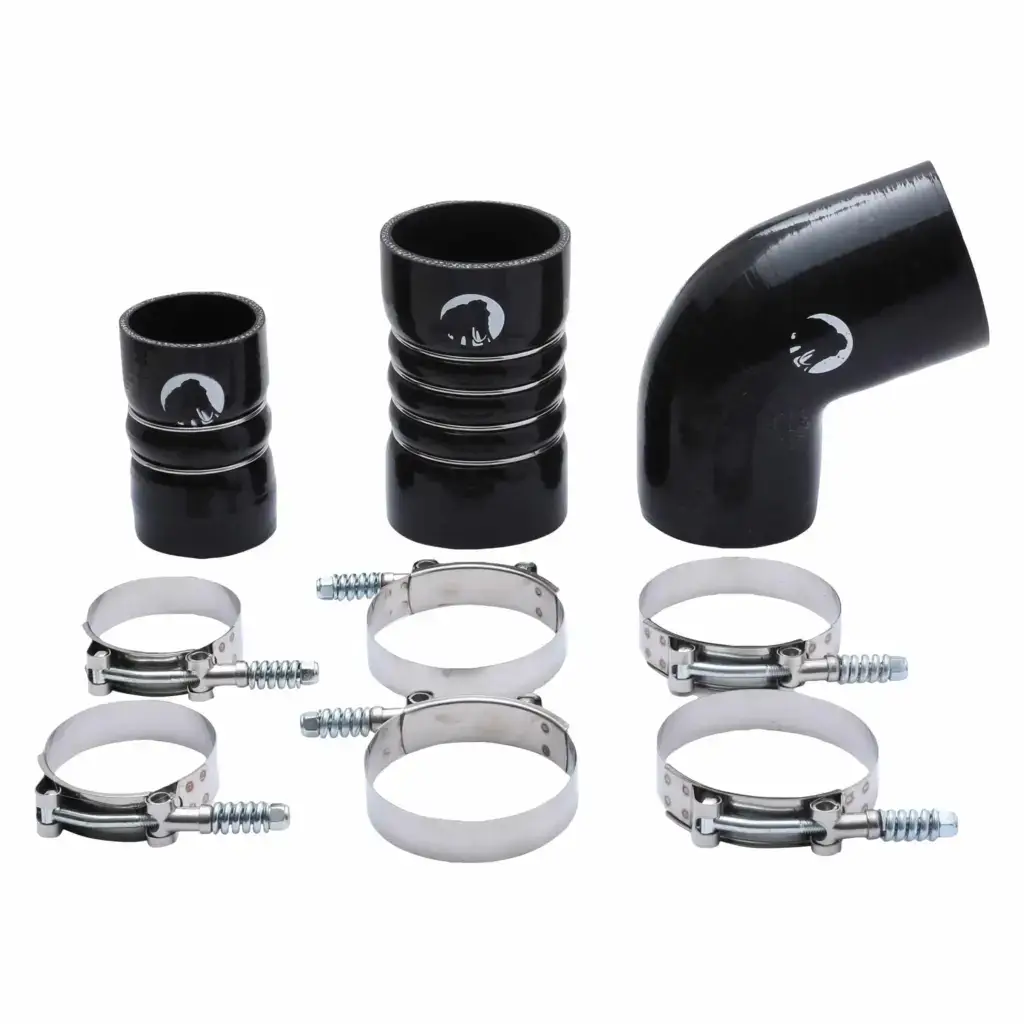Car maintenance checklist
Top 11 car maintenance checklist services that are critical to your car’s life
by Anne Obst
Your car owner’s maintenance guide lists everything you should do to keep your vehicle running smoothly for the longest period of time. But a lot of those recommendations are actually just inspections. I’ve put together the most critical car maintenance services that you absolutely must perform if you want to keep your vehicle on the road.
#1 Car Maintenance Service — Change your motor oil on time
Your owner’s maintenance guide lists recommendations 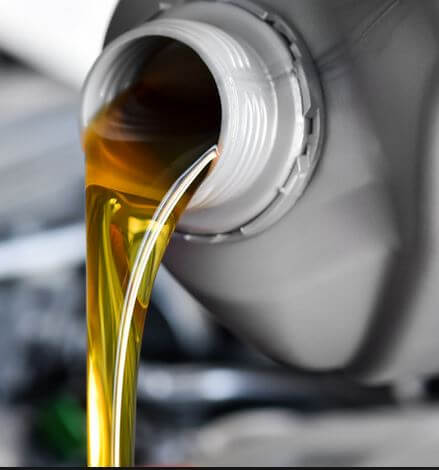 for oil change intervals. But you’ll always find a caveat that defines normal service and severe service. The vast majority of drivers fall under the SEVERE service category but follow the NORMAL service oil change intervals. Lots of cold starts and short trips on city streets with stop and go driving is especially hard on motor oil. Cold starts introduce raw fuel and water into the motor oil and the short trips never allow the engine to get hot enough to evaporate off those contaminates. The result? The contaminates wear out the oil’s detergent and anti-corrosive additives and you get corrosion and sludge buildup.
for oil change intervals. But you’ll always find a caveat that defines normal service and severe service. The vast majority of drivers fall under the SEVERE service category but follow the NORMAL service oil change intervals. Lots of cold starts and short trips on city streets with stop and go driving is especially hard on motor oil. Cold starts introduce raw fuel and water into the motor oil and the short trips never allow the engine to get hot enough to evaporate off those contaminates. The result? The contaminates wear out the oil’s detergent and anti-corrosive additives and you get corrosion and sludge buildup.
Change your oil according to the recommendations for the type of driving you do. If your vehicle has an oil life monitor system, follow it. They’re pretty darn accurate. Don’t second guess the oil life monitoring system.
#2 Car Maintenance Service — Use the correct oil
Modern engines have turbochargers and variable valve timing mechanisms that require a certain weight of oil to function 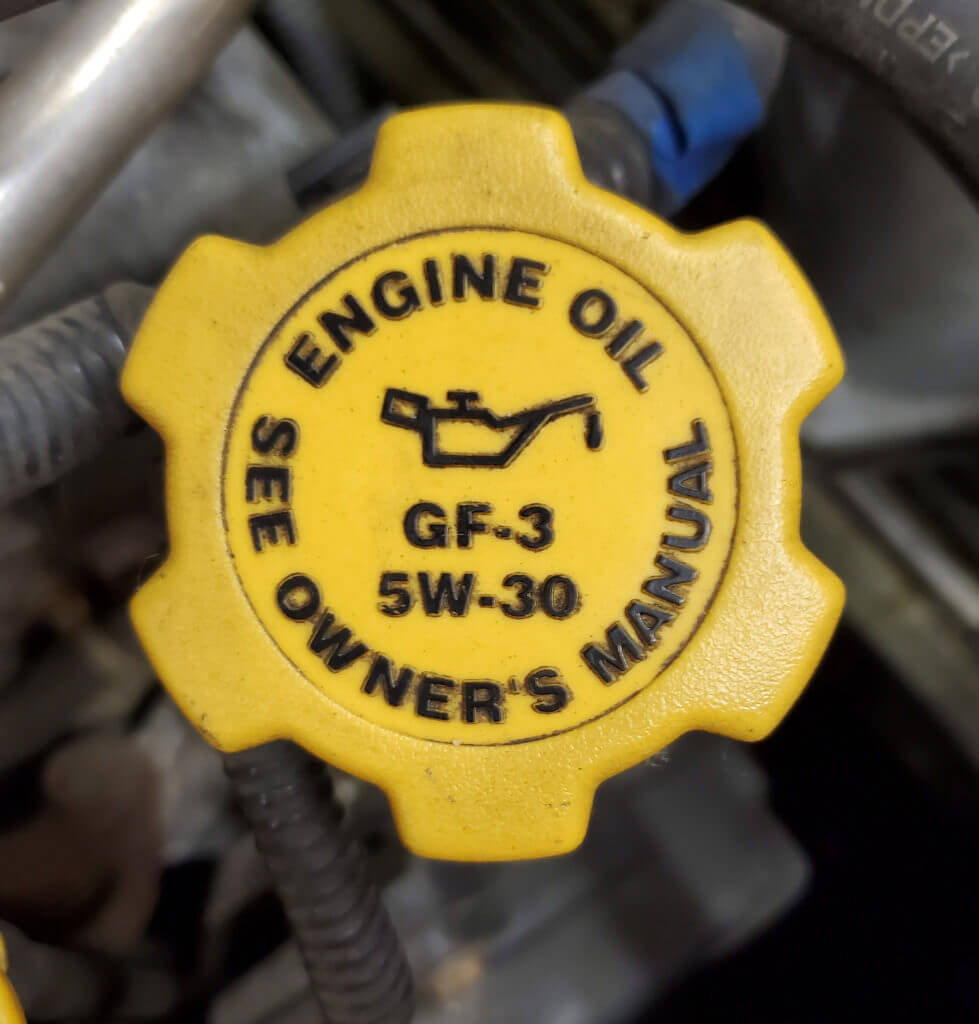 properly. If you use the wrong oil weight, you can reduce the lifespan of your turbocharger, costing you thousands in unnecessary repairs. Or, you can actually cause a check engine light related to the variable valve timing system. Don’t second guess the engineers when it comes to using the recommended oil weight—no matter how old your vehicle is.
properly. If you use the wrong oil weight, you can reduce the lifespan of your turbocharger, costing you thousands in unnecessary repairs. Or, you can actually cause a check engine light related to the variable valve timing system. Don’t second guess the engineers when it comes to using the recommended oil weight—no matter how old your vehicle is.
#3 Car Maintenance Service — Change your engine coolant
Most engine coolants are made from a polyethylene base and that lasts forever. But the anti-corrosion additives have a limited life. If you ignore the carmaker’s recommendations for coolant change intervals,
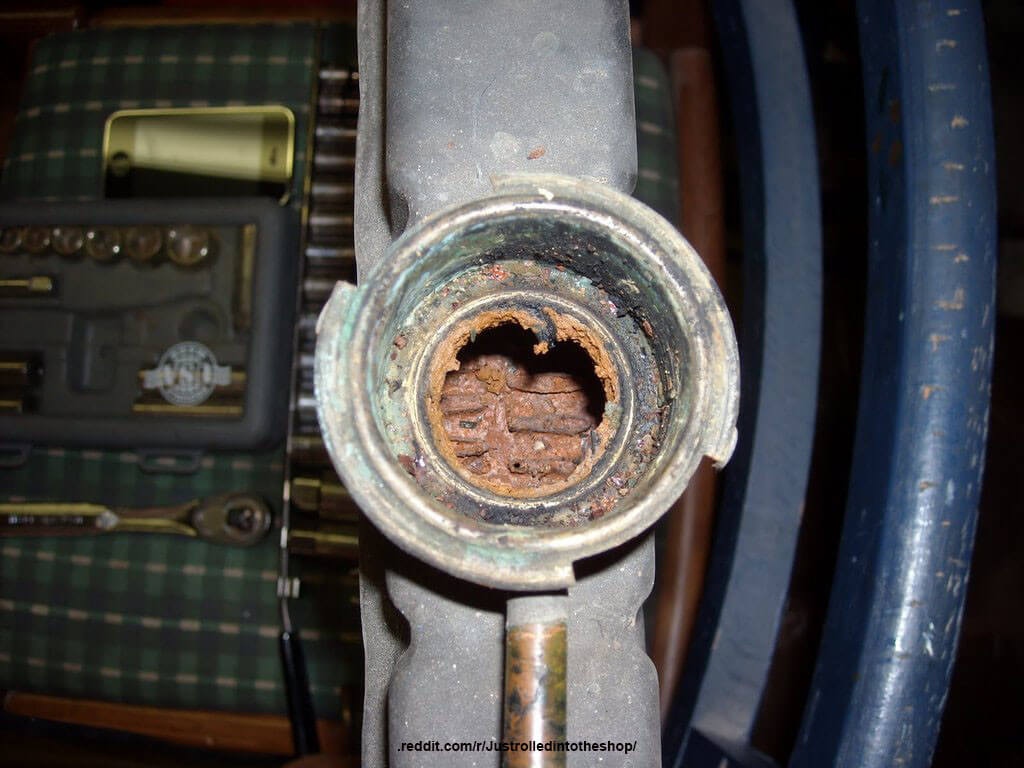
This is what neglect looks like
you invite serious internal corrosion problems. And here we’re talking about some major repair expenses. Internal corrosion can damage the radiator, water pump, heater core, and metal tubing lines. A heater core replacement can easily run upwards of $1,500—a totally unnecessary repair caused by cooling system neglect.
Side note: A radiator flush is not the same as a cooling system flush. That only changes about 1/3 of the total coolant in your engine. Don’t cheap out. Follow the carmaker’s recommendations for coolant changes.
#4 Car Maintenance Service — Change your spark plugs on time
Old cars (prior to the ’70s) required spark plug changes as often as every 25K miles. Then carmakers started using precious
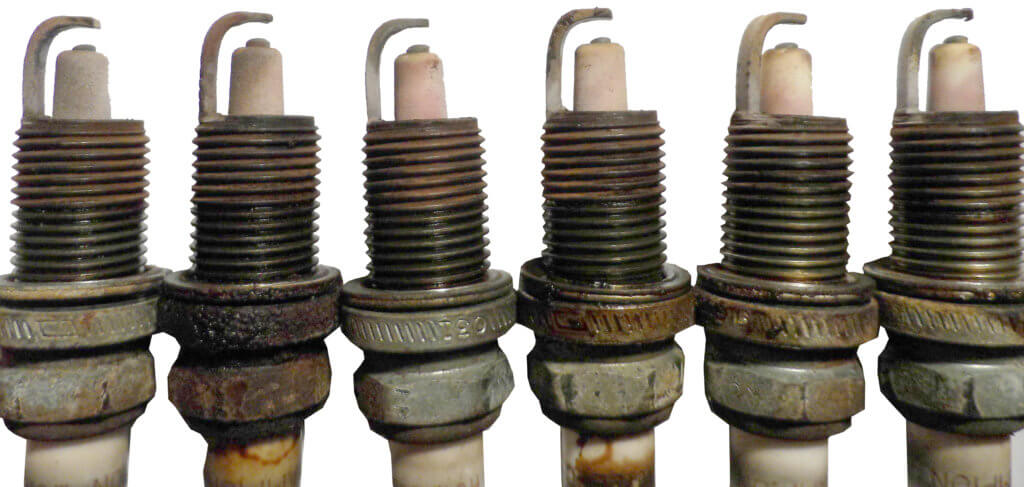
These spark plugs have excessive gaps.
metal-tipped spark plugs and electronic ignition systems that increased spark plug life to as long as 120K miles. Then came turbochargers in smaller engines and that reduced spark plug life back to 60K miles and even 40K miles in some cases. Unfortunately, the 120K recommendation is what stuck in consumers’ minds, regardless of what the owner’s maintenance guide called for.
Worn spark plugs are the #1 cause of no-start situations in cold weather. They’re also the #1 cause of misfires that cause early failure of the expensive catalytic converter; an unnecessary $1,500 repair. Misfiring spark plugs can also damage ignition coils and ignition modules. Follow the spark plug replacement intervals show in your owner’s maintenance guide.
#5 Car Maintenance Service—Check your drive belts
Most late model cars use multi-rib drive belts. The older versions were made from neoprene with cracked with heat and age.

This illustration shows how rib wear can cause the belt to lose gripping power. The belt’s only contact with the pulley is at the bottom of the rib valley. It simply loses its ability to wedge into the pulley “V”. So the belt slips, chirps, squeals, and the driven component loses efficiency.
Starting around the 2000 model year, carmakers switched to EPDM belts that last about 100K miles. EPDM belts crack like the older neoprene belts, so a visual inspection doesn’t tell you the belt’s condition. For those belts, you need a belt depth gauge. Driving with worn belts can result in belt noise (squeal and chirping) and even cause an undercharged battery resulting in a no-start condition. Have your belt rib depth checked and replace both the belts and the automatic belt tensioner at around 100K miles. Don’t reuse an old belt tensioner; they’re only designed to last the life of the belt.
#6 Car Maintenance Service—Checking tire pressure
All tires lose air. Your tire pressure warning light doesn’t come on until your tire pressure is approximately 25% below 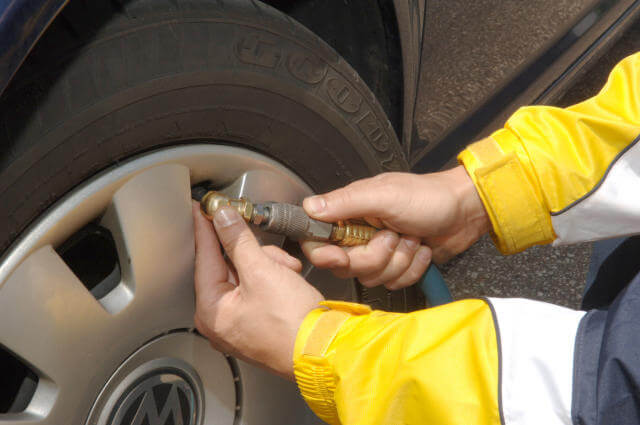 the recommended pressure. However, if you’re tire pressure is low but above the 25% mark, you’re prematurely wearing out your tires. Check your tires about once a month and top off the pressure shown on the placard in the driver’s door pillar area.
the recommended pressure. However, if you’re tire pressure is low but above the 25% mark, you’re prematurely wearing out your tires. Check your tires about once a month and top off the pressure shown on the placard in the driver’s door pillar area.
#7- Car Maintenance Service—Rotate your tires
Your front tires do all the steering and most of the braking, so they wear faster than the rear tires. They also carry more weight due to the engine and transmission sitting directly above them. Proper tire rotation is critical to getting the most miles out of a set of tires. Rotation evens out the wear and prevents the tires from developing wear patterns that produce a howling noise.
#8 Car Maintenance Service—Change brake and transmission fluids according to the owner’s maintenance guide
Brake fluid contains anti-corrosive additives that prevent internal corrosion. Those additives wear out over time. Worse yet,
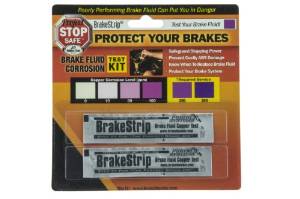
Buy a package of brake fluid test strips and test your brake fluid so you don’t get scammed.
brake fluid absorbs moisture that can accelerate internal corrosion and even increase stopping distances. Some carmakers recommend brake fluid service every 2-years or every 24,000 miles, while others don’t list any recommendations. What’s the best way to determine if your brake fluid needs to be changed?
Purchase a package of brake fluid test strips. Dip it into the brake fluid and compare the test strip color to the chart on the package.
In addition to brake fluid, transmission fluid changes are critical to long transmission life. If your owner’s maintenance guide doesn’t list a change interval, have your changed every 100K miles.
Most owner’s maintenance guides don’t list a change interval for power steering fluid. But it doesn’t last forever. A good rule of thumb is to flush the power steering fluid once every 100K miles.
#9 Car Maintenance Service—Struts and shocks
Most people think struts and shocks are just comfort items. They’re not. They keep your tires on the road. Worn struts and shocks allow your tires to bounce too much and that can increase your stopping distance by as much as 12-foot in a 60-MPH panic stop. That’s the difference between avoiding an accident and a very unhappy ending.
Strut manufacturers say that struts last about 50K miles. But really, the life of your struts depends on the road conditions in your area. If you drive on smooth highway surfaces, your struts can last as long as 80K to 110K miles. See this post to determine when to change your struts and shocks.
#10 Car Maintenance Service—Change your wiper blades
Wiper blade life is directly related to how often you use them, the road grit conditions in your area, and whether your car sits 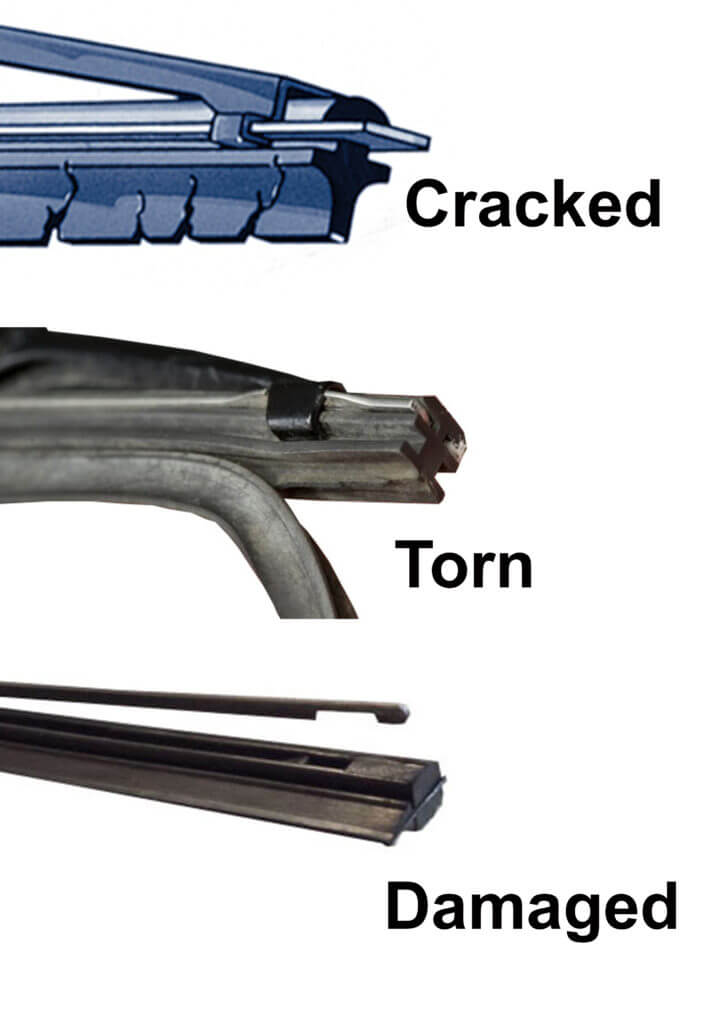 outside in the sun. If your windshield is covered with dust and dirt from sitting under trees, the sharp edge of the rubber wiper squeegee will wear out faster than if your car is kept in the garage. The same holds true if you drive on dusty rural dirt or gravel roads during rain or snow.
outside in the sun. If your windshield is covered with dust and dirt from sitting under trees, the sharp edge of the rubber wiper squeegee will wear out faster than if your car is kept in the garage. The same holds true if you drive on dusty rural dirt or gravel roads during rain or snow.
Once they wear, wiper blades produce streaks that reduce your visibility when you need good viewing most—during rain, snow, and sleet.
Finally, extended exposure to the sun’s UV rays deteriorates the rubber on your wiper blades. Wiper blades are cheap and you can replace them yourself. Rockauto.com sells name-brand wiper blades for a fraction of the price of an auto parts store or shop.
#11 Check turbo diesel intercooler hoses
If you own a Ford Powerstroke, Dodge Cummins, Chevy / GMC Duramax, or
Nissan Cummins turbo diesel, make sure you check and replace the intercooler hoses
Mammoth Performance quality components
©, 2022 Anne Obst
Posted on by Rick Muscoplat
